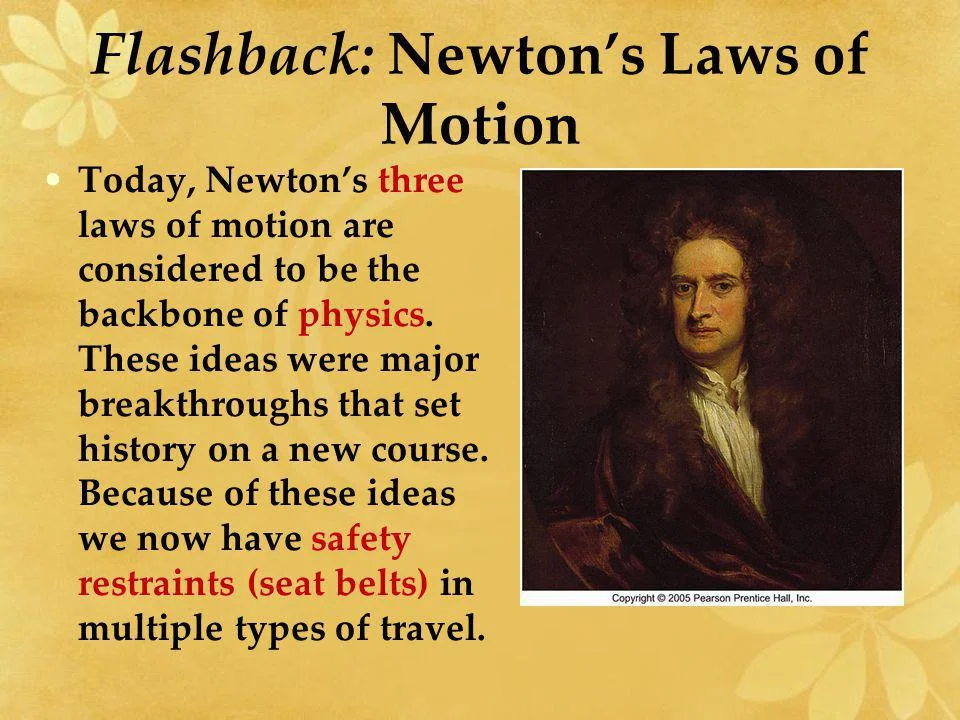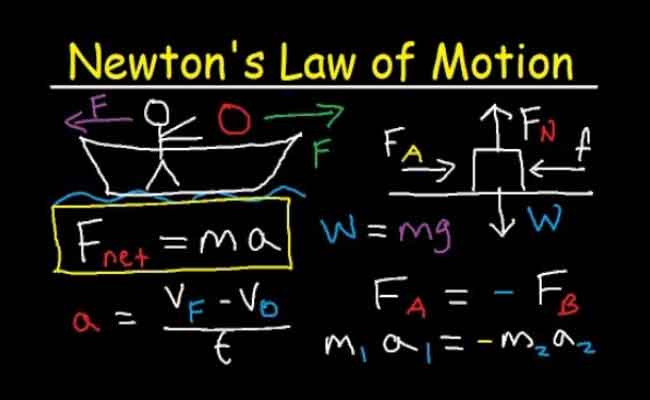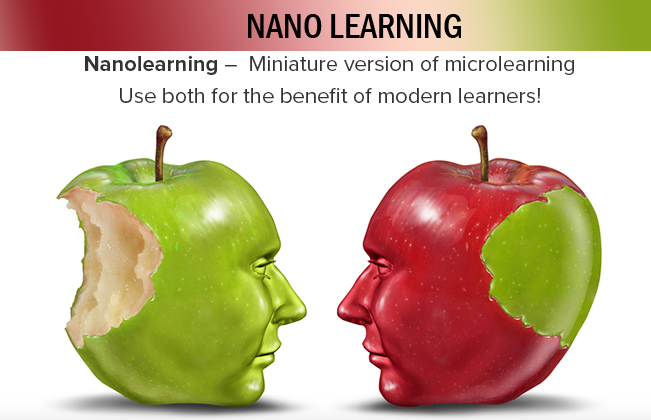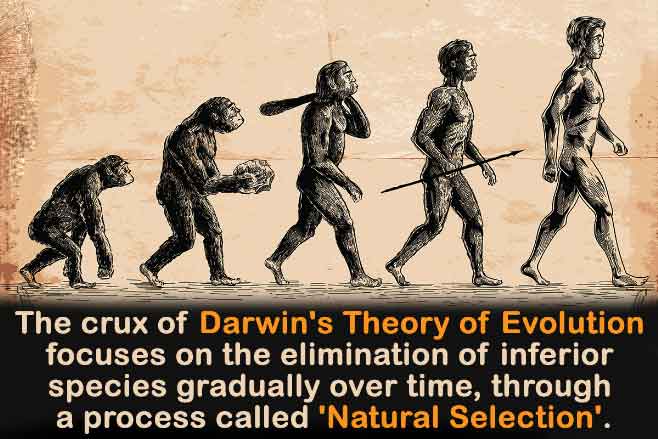Newton’s Laws: Physics is one of the most fascinating subjects that humanity has ever encountered. At its core, physics is about understanding the laws that govern the behavior of the physical world around us. One of the most important laws in physics is Newton’s Laws of Motion. These laws describe how objects move and interact with one another, and they form the foundation of classical mechanics. In this article, we will take a closer look at Newton’s Laws of Motion, their history, and their implications.
The History of Newton’s Laws of Motion

Newton’s Laws of Motion were first published in 1687 in his book “Philosophiæ Naturalis Principia Mathematica” (commonly known as the “Principia”). In this work, Newton presented three laws that describe the behavior of objects in motion. These laws have become the cornerstone of classical mechanics, and they are still widely used today to understand how objects move and interact.
Newton’s First Law of Motion:
Newton’s First Law of Motion, also known as the Law of Inertia, states that an object at rest will remain at rest, and an object in motion will remain in motion with a constant velocity unless acted upon by a net external force. This law is sometimes called the “law of laziness” because it states that objects don’t like to change their state of motion unless they have to.
In other words, if you push a book across a table, the book will continue to move until it encounters friction or another force that stops it. If you kick a ball, the ball will continue to roll until it encounters friction or another force that stops it. This law applies to all objects, whether they are large or small, heavy or light.
Newton’s Second Law of Motion:
Newton’s Second Law of Motion, also known as the Law of Force, states that the acceleration of an object is directly proportional to the net external force acting on it and inversely proportional to its mass. In other words, the greater the force applied to an object, the greater its acceleration will be. Conversely, the greater an object’s mass, the harder it is to accelerate.
The equation for Newton’s Second Law is F = ma, where F is the net external force, m is the mass of the object, and a is its acceleration. This equation shows that if you want to accelerate an object, you need to apply a force to it. The harder you push or pull, the faster the object will accelerate.
Newton’s Third Law of Motion:

Newton’s Third Law of Motion, also known as the Law of Action and Reaction, states that for every action, there is an equal and opposite reaction. This law means that when two objects interact with each other, they exert equal and opposite forces on each other.
For example, when you jump off a diving board, you push down on the board with your feet. The board pushes back on you with an equal and opposite force, propelling you into the air. When a rocket lifts off from the ground, it pushes down on the ground with its engines. The ground pushes back on the rocket with an equal and opposite force, propelling it into the sky.
Implications of Newton’s Laws of Motion
Newton’s Laws of Motion have many implications for the world around us. They explain why objects move the way they do and how forces affect motion. They are used in everything from designing cars and airplanes to launching rockets and satellites into space.
One important application of Newton’s Laws of Motion is in the design of roller coasters. Roller coasters use the principles of physics to create thrilling rides that are both safe and fun.
Read Also: Einstein Theory of Relativity
![]()






One thought on “Newton’s Law”